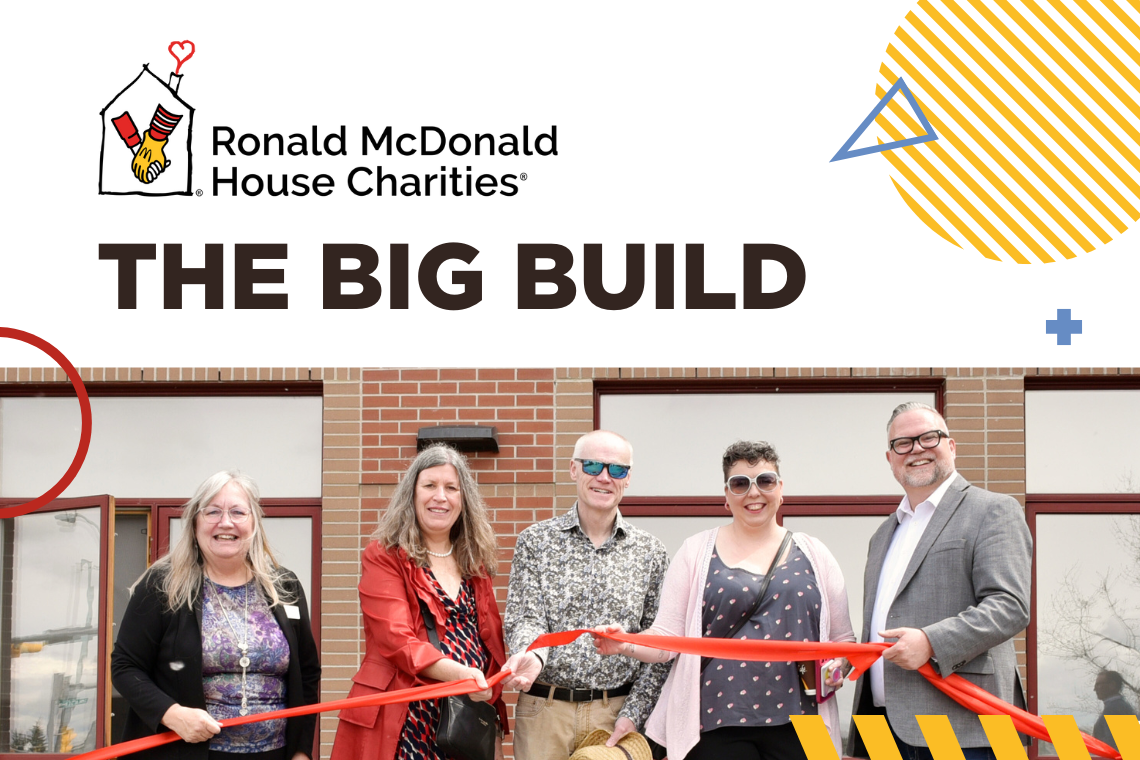
Oct. 16, 2015 | Cody Stuart
Giving back
'Net-positive' home provides more energy than it usesWhen talking about giving back, many people think of volunteer work or assisting in the community. For one Calgary household, however, it means something entirely different.
Situated in the southeast community of Ramsay, Cornelis Koster's home is giving back in the form of energy. Billed as Canada's first net-positive home, it uses several forms of green-friendly technology to not only provide its own heat and power, but also creates a slight excess of electricity.
"We have a 5.5-kilowatt system powering the suite, garage and the house plus we have a surplus," said Koster, who also serves as president of Ironcor Solar.
According to Koster, construction on the project took 17 weeks and came in at a cost of $220,000.
Located at 1818 Eighth St. S.E., the uniquely designed home contains a garage and personal studio on the main level with a legal secondary suite on the upper level. It features high-value insulation and no north-facing windows. Koster says the home's design limits the amount of heat loss during the winter months while triple-glazed windows provide optimum sunlight and further cut down on the amount of energy lost.
Along with every-day high-efficiency appliances and low-flow toilets, showerheads and taps, the home also utilizes more cutting-edge measures in its pursuit of zero energy use.
Its most noteworthy innovation comes in its use of solar energy, which provides heat and power for the home, as well as heating water. In order to heat water using solar energy, thermal PV tubes mounted on the exterior of the home contain a fluid that is pumped into tanks stored in the home, and also run through the home's in-floor heating system.
"I still get a power bill, but I get a credit," said Koster, who is looking forward to the possibility of Alberta joining the other provinces that repay homeowners for electricity put back into the system.
In addition to saving on carbon emissions, Koster says his home has produced 1.7 megawatts of power since April 1.
"Most people, including myself, think with their wallet, and I save about $500 a month for two places for power alone. So over 25 years, it's a no-brainer."
Koster says the home's system is relatively simple to use and contains just one moving part – a small pump required to move circulate the glycol fluid.
"I think for the people who are informed about this [technology], it's a fairly simple system. For those who don't know about it, obviously they need to be educated about it a bit, but I think the mood and the direction is changing, especially if we get some incentive from the government."
In Ontario, homeowners receive between 30 and 40 cents per kilowatt hour they put back into the system, similar to the model Koster expects to be applied in Alberta.
The home was recently featured as part of Green Energy Doors Open, which showcased Alberta projects using alternative forms of energy.
Organized by Decentralised Energy Canada, the event included tours of other alternative energy homes along with the University of Calgary's Energy Environment Experiential Learning building and SAIT Polytechnic's Solar Lab.
As for how long until Calgarians see the sort of technology displayed in Koster's home become commonplace, the long time Ramsey resident believes it will be a matter of the government rewarding, and builders adopting, those innovations mainly seen in pet projects like his own.
"The thing is a retrofit adds $30,000 to $40,000 bill on to an existing build," he said. "If people can wrap their heads around implementing this on new construction, which saves you your conventional gas furnace and adds 10 per cent to your property value, the savings start from day one."
Tagged: Calgary Real Estate News | carbon footprint | Energy Saving | Environment | Green Living | Technology




